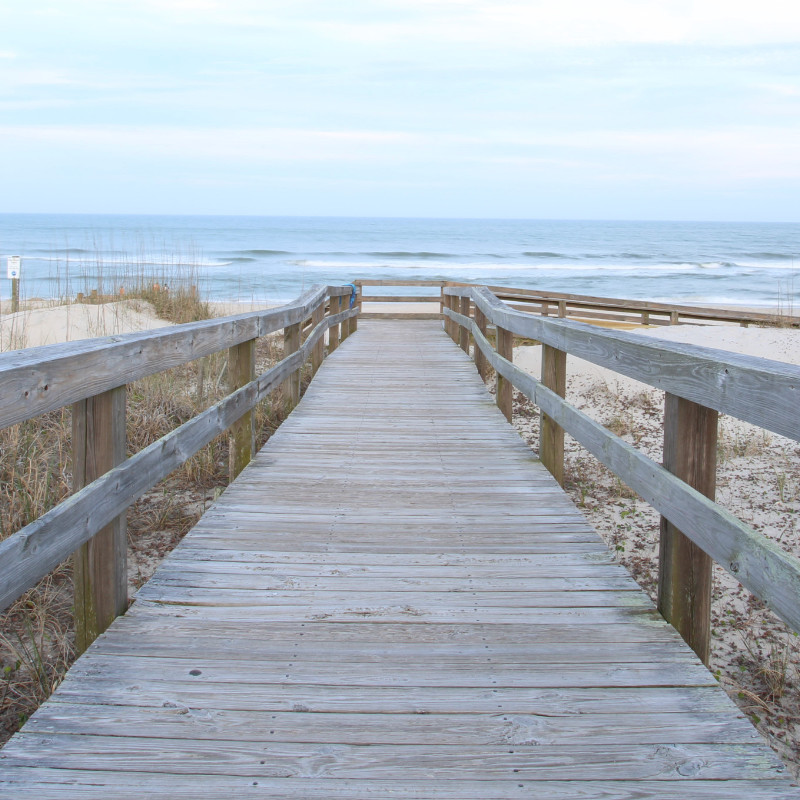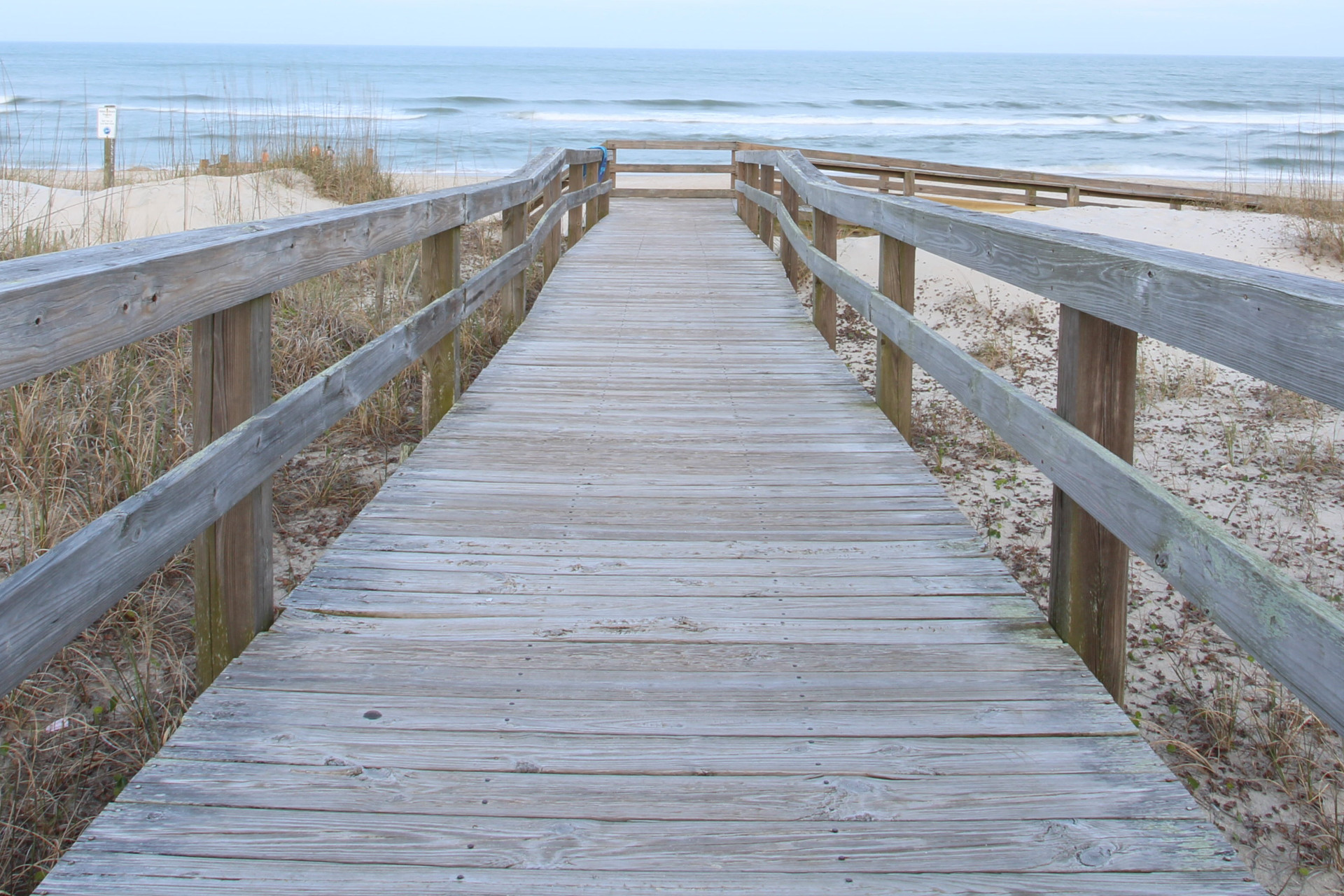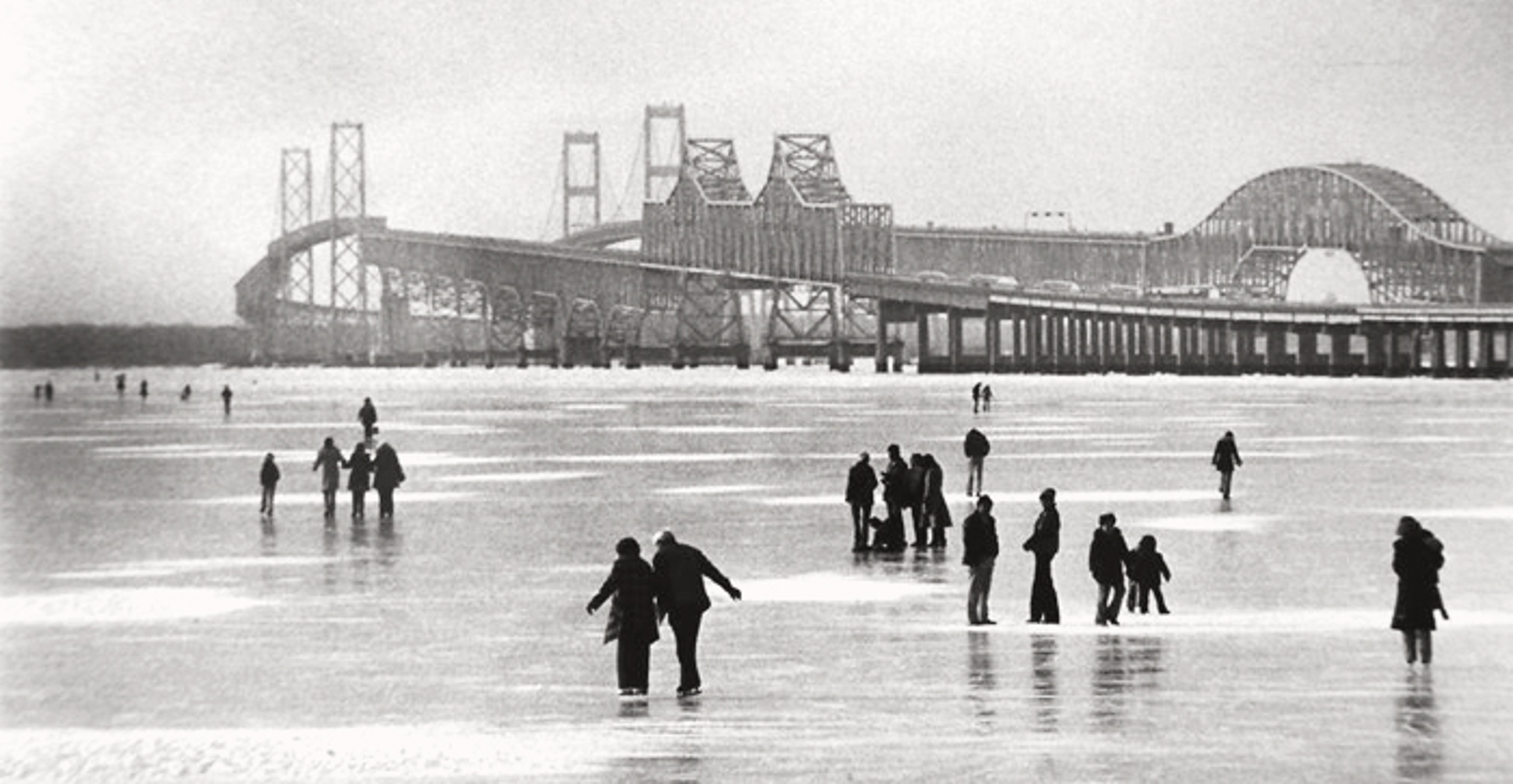19
Jan 2022
By Kathi Ferguson
As I write this article about the Chesapeake Bay’s big freeze decades ago, the first snow of 2022 falls here on the Eastern Shore. It is a hair below freezing, winds are gusting, and twelve inches are expected before the storm passes through late this afternoon. A “piece of cake” compared to the east coast’s “Big Freeze” of 1976-1977, when Mother Nature handed our area some of the coldest conditions in more than 50 years.
Some meteorologists attributed the freeze to an unusually positioned stretch of high pressure up over the Mississippi River Valley, in turn forcing to the south a cold front that typically would have stayed farther to the north by hundreds of miles.
By Christmas Day, 1976, ice began inching out from rivers and creeks and into the Bay freezing the mighty Chesapeake, where areas on the Shore saw ice up to a foot thick. “Floebergs”, resembling icebergs, were spotted throughout the bay. These ice chunks were compacted by winds and tidal action, some measuring 100 feet long, 40 feet wide and 20 feet high. The record cold did not let up until February – two bone chilling months later. During this stretch, 49 East Coast cities recorded record low temperatures.
On the Eastern Shore, oil barges were unable to make it through the eight-inch-thick ice, leading to Coast Guard cutter ships being sent in to break it up. At one point, two barges with one million gallons of heating fuel got stuck, one at the mouth of the Nanticoke River and the other at the mouth of the Wicomico. Warnings were issued by government officials for the first time since World War II about the need for rationing home heating fuel. Fortunately, those fears never came to fruition.
Among the first to feel the effects of the freeze were Smith Islanders. As the only inhabited off-shore island in the bay, the weather’s wrath left residents out of touch with civilization for nine long weeks. It was not long before the school boat could not make it across, sending nearly 6,000 school children on an extended vacation, keeping them out of school for a month.
Watermen up and down the Shore also found themselves iced in, unable to get out to their oyster beds. Many hundreds of workboats were idle, seafood processing houses had to shut down for lack of oysters, leaving thousands of seafood workers unemployed. Oyster prices soared to the then-unprecedented price of $10 a bushel. But as we know, watermen are a hearty and resourceful breed. Soon, some of them started operating in the manner of ice fishermen, hauling out chain saws to cut holes in the ice and hand tonging. Getting their catch to shore? Via sled, of course!
Today, there is one place where you can catch a first-hand look at the impact of the big freeze. The lighthouse at Sharp Point off of Tilghman Island is leaning at a 20-degree angle as a result of ice pressure against the facility’s cylindrical concrete base – ranking it as our own area’s Leaning Tower of Pisa. After the thaw, experts removed the Fresnel lens and replaced it with a new plastic beacon that was placed on a leveling plate to compensate for the strange angle.






